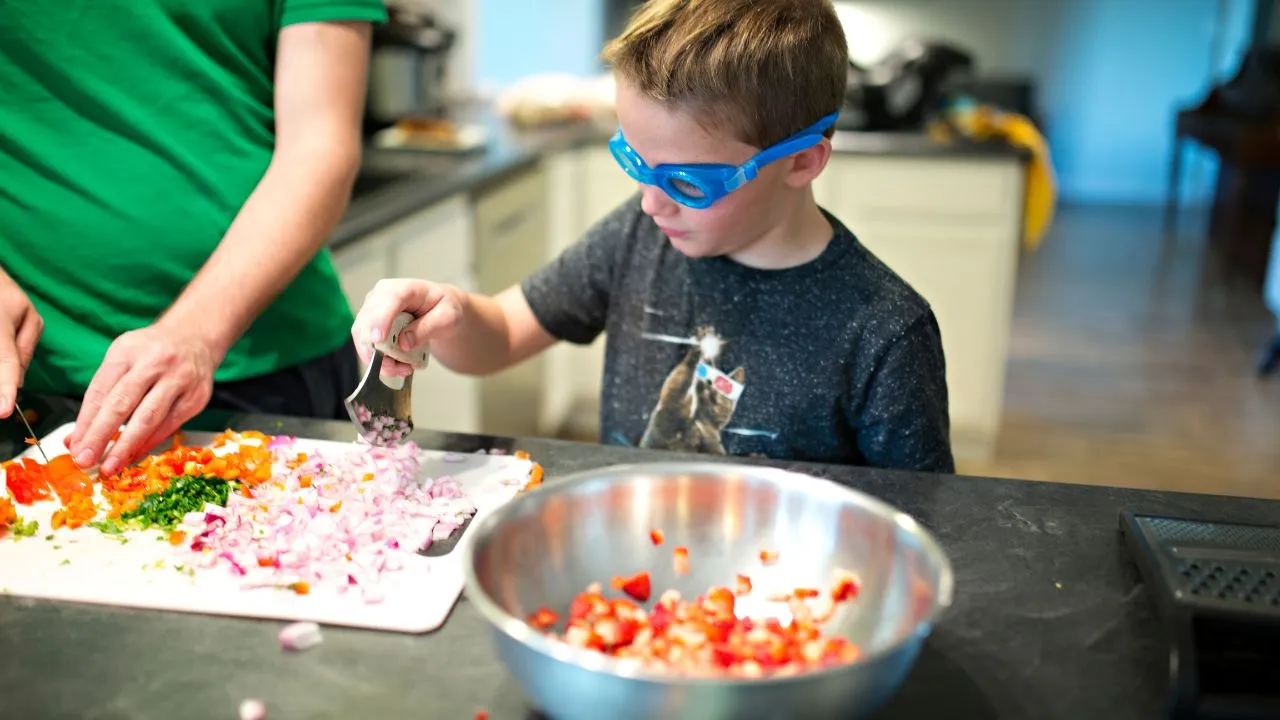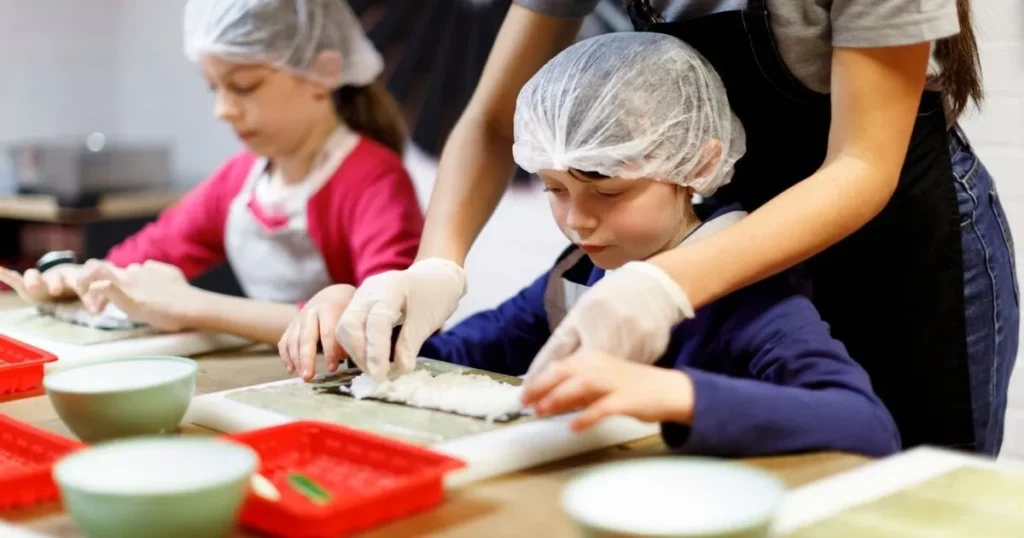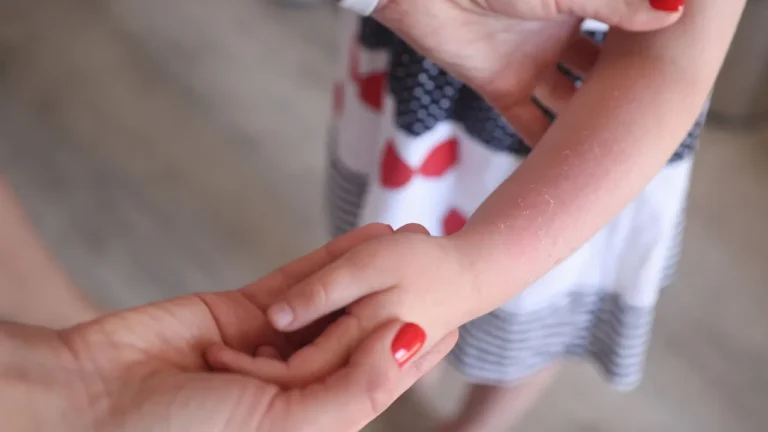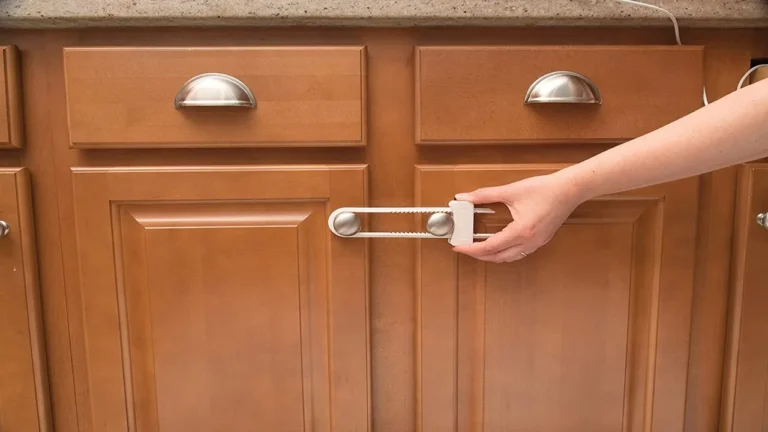8 Tips to Teach Your Kids Kitchen Safety Rules: A Comprehensive Guide

Ah yes, the kitchen, is a place of culinary magic and family bonding. But let’s not forget, it’s also a place where accidents can happen in the blink of an eye. So, how do you teach your kids to cook while ensuring they stay safe in the kitchen? This article is your go-to guide for instilling kitchen safety rules for kids. Buckle up, because we’re diving deep into the nitty-gritty of keeping your little chefs safe and sound!
Why Kitchen Safety is Crucial for Kids
First things first, why should you even bother teaching kids kitchen safety rules? Simple. The kitchen is a place where both fire and sharp objects coexist. One wrong move, and you could have a spill or a cut that leads to an emergency room visit. So, teaching kids to work in the kitchen safely is not just a good idea—it’s a necessity.
How to Teach Your Kids Basic Kitchen Safety Tips
Ready to roll up your sleeves, put on an apron, and get started? Great! Start by introducing your kids to basic kitchen tools like spoons, pots and pans, and even plastic knives. Make sure they know how to handle these items before moving on to more complex utensils. Remember, baby steps are key here.
Key Takeaways: How To Teach Your Kids Kitchen Safety
So, are you ready to turn your kitchen into a safe haven for your budding chefs? Remember, safety first, and the culinary masterpieces will follow!
1. The Golden Rule: Always Ask an Adult
This one’s a no-brainer but often overlooked. Kids should always ask an adult’s permission before cooking or using any kitchen appliances. It’s a simple rule, but it sets the stage for all other safety tips and kitchen rules to follow.
2. Knife Safety: A Cut Above the Rest
Ah, the knife—a chef’s best friend and a parent’s worst nightmare when in little hands. Teach your kids the difference between sharp knives and kid-friendly plastic knives. Show them the proper way to hold and use a knife. And remember, supervision is key!
3. Food Safety: Handling Raw Meat and Poultry
Cross-contamination is a big no-no. Teach your kids to wash their hands often, especially when handling raw meat and poultry. Make sure they understand the importance of using separate cutting boards for different types of food.
4. Wash Your Hands: The First Line of Defense
Clean hands are a cook’s best tool. Make it a rule to wash hands with soapy water before and after handling any food. It’s a simple yet effective way to improve food safety.
5. Appliance Safety: Microwaves, Blenders, and Toasters
Appliances can be tricky. Teach your kids how to safely use the microwave, blender, food processors, and toaster. Make sure they know to unplug electrical appliances when they’re done cooking.
6. Pot and Pan Protocol: Handle Hot Items Carefully
Hot pads are your friend. Teach your kids to always use hot pads when handling pots and pans. Also, make sure pot handles are turned inward to avoid accidental spills.
7. Cleaning as You Go: A Habit to Cultivate
A clean kitchen is a safe kitchen. Teach your kids the importance of cleaning as they go. It not only makes it easier to cook but also minimizes the risk of accidents.
8. Permission Before Cooking: The Final Checkpoint
Last but not least, always get an adult’s permission before starting a cooking session. It’s the final safety checkpoint that ensures all previous rules and tips have been considered.
Rules of the Kitchen: The Unwritten Code for Young Chefs
So, you’re teaching kids to cook, and you’ve covered the basics, knife skills, handwashing, and the like. But what about the unwritten rules of the kitchen? These are the guidelines that make the kitchen a harmonious and safe place for everyone, especially for kids. Let’s dive in, shall we?
The Unwritten Rules
Safety Tools Every Kitchen Should Have
So, are you ready to enforce these rules of the kitchen and make your home a safer place for your little culinary explorers? Remember, teaching kids to cook is not just about recipes; it’s about instilling a sense of responsibility and safety that will last a lifetime. Happy cooking!







